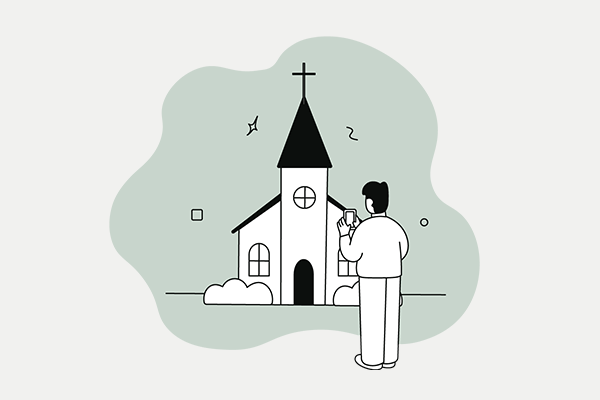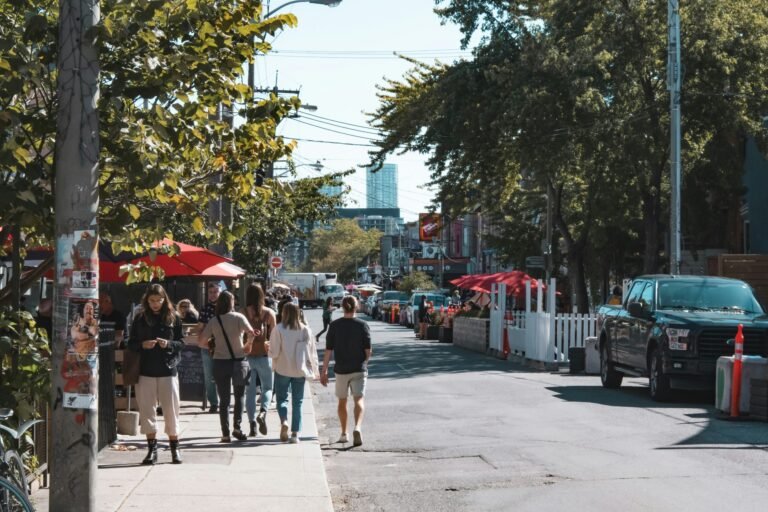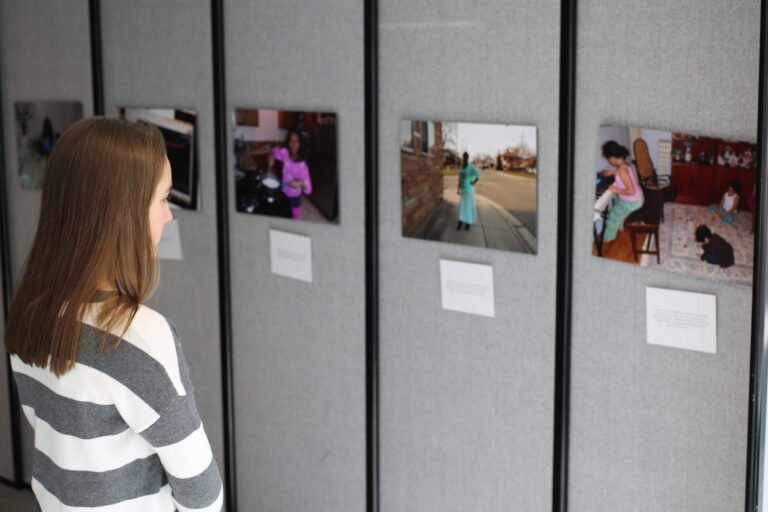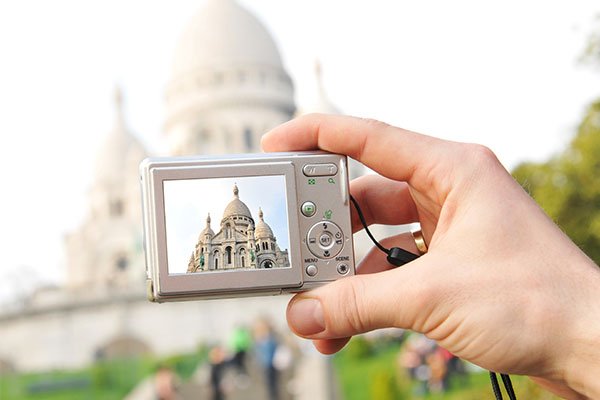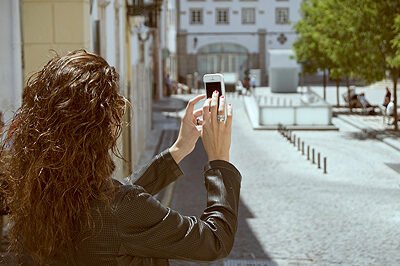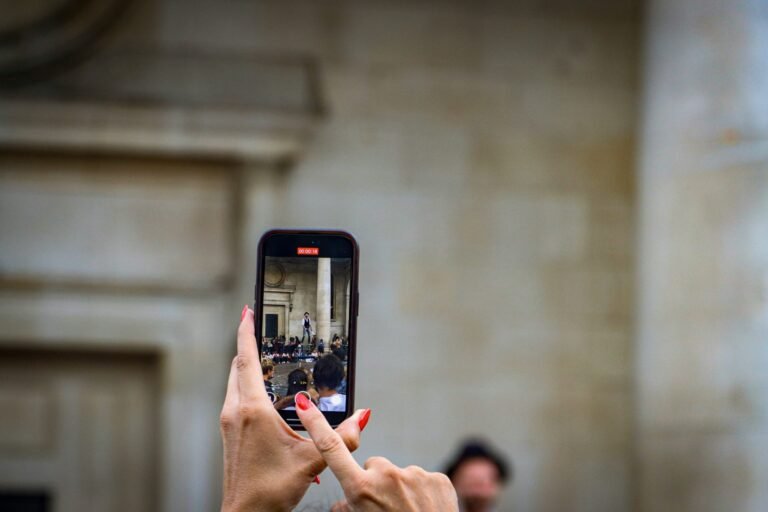Learning from Pictures
Using photos can help you understand many aspects of a congregation’s life. It might be an aspect of people’s everyday experience that isn’t east to observe, but would help you understand program successes or underlying needs or the meanings of important places. These methods have been explored in a series of posts in our Fieldnotes and are linked below.
Images for Program evaluation. Participants can document before, during, and after images related to a program’s desired outcomes. How did it show up in daily life or in congregational activities? Read more here.
Images for Understanding. Photos can allow new insight into how an elusive subject is understood and experienced by a congregation. A salient question can be posed to a group, challenging them to photograph places or objects that illustrate that theme. Where do they see the congregation changing? Or, where do they experience divine presence, for example? As they share their photos, their stories can uncover important meanings. Read more here and also here.
Images of Context. Photos can also help a congregation better understand its own building or its neighborhood. Facing important decisions about how a building is used, photos taken by members can be the start for key conversations. When they take pictures of the places that are most important to them – and tell those stories – decision makers have important information to guide them. Similarly, when trying to understand how a congregation fits in its neighborhood, walking the streets and taking photos is a great way to start. Read more here.

